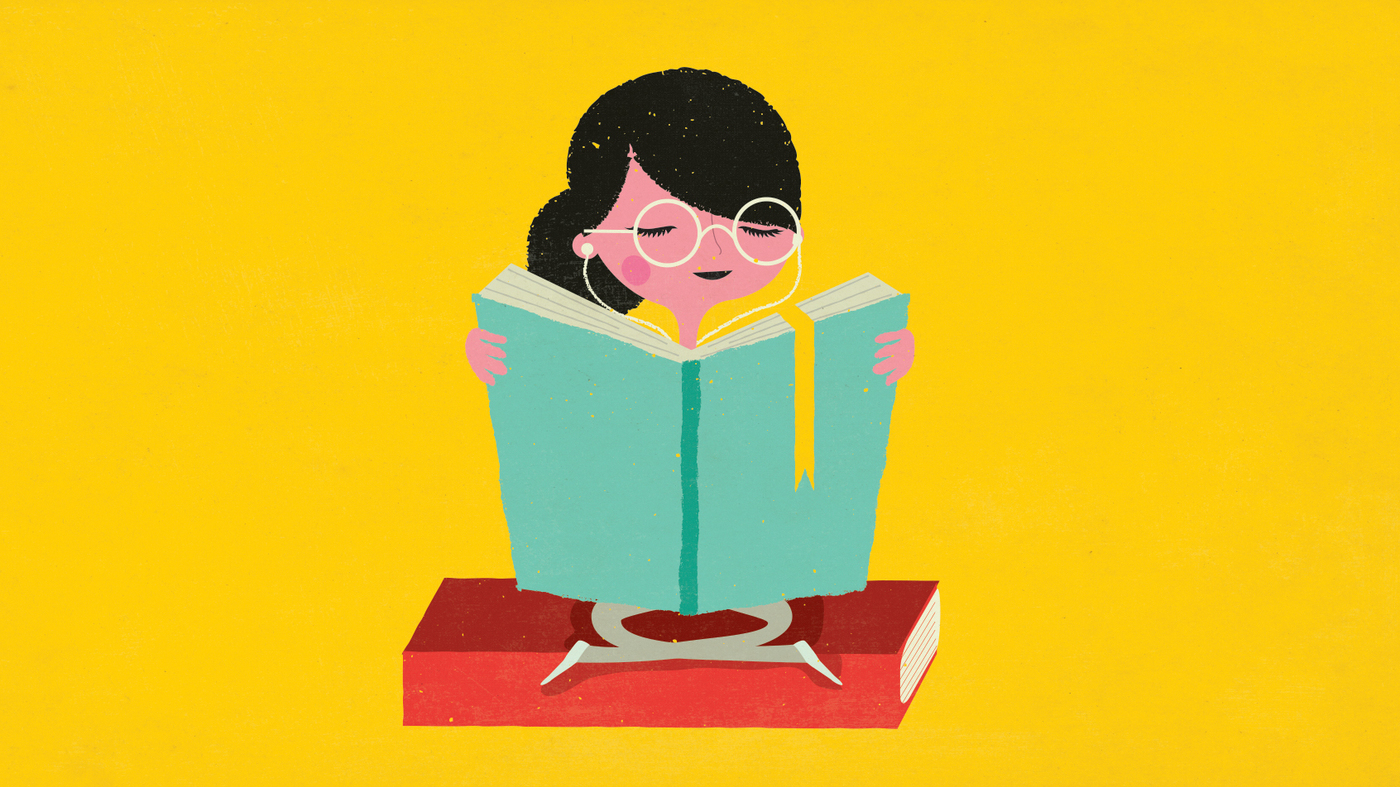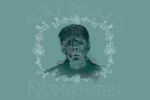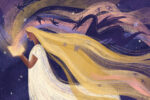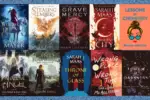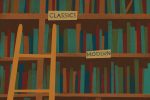“Microhistory,” in word and concept, may easily be the least sexy book genre in the world of nonfiction. It doesn’t have the philosophical gravitas of memoir, the cultural cachet of fiction or the sweeping, dense knowledge of more traditional histories.
Furthermore, books about the history of small things — the events, objects and concepts that affected history in surprising ways — are “nerdy.” “I’m reading a 400-page book about the history of rats,” sounds painfully dorky, like something that a stereotypical bespectacled kid would say on a Saturday morning PBS cartoon. In “Reading Genre Coolness,” microhistories, at least in the abstract, probably rank only a hair above bodice-ripping romance novels.
Nevertheless, I stand by microhistories as the absolute best way to get into nonfiction reading. They combine the specificity of an academic paper with the readable tone of a magazine article, and are the absolute best source for fun facts and historical anecdotes to liven up (or dull down, depending on your friend group) a conversation. Further, they make history seem alive in a way that wide-reaching history classes or gargantuan Ken Burns documentaries generally cannot.
Rather than taking a bird’s eye view of history and nonfiction, microhistories work from the ground up by taking the minutiae of history — single events, objects or concepts — and using them to illustrate the moments and movements that shaped the modern world. If you can get over the possible social stigma, start your journey into the treacherous waters of nonfiction through these titles. Maybe get them on Kindle if you’re so worried about looking like The Brain from “Arthur.”
1. “The Devil in the White City: A Saga of Magic and Murder at the Fair that Changed America,” by Erik Larson

Possibly the most popular microhistory in the nonfiction genre (and for good reason!), “Devil in the White City” is a compulsively readable account of the 1893 Chicago World’s Fair. The book switches off, chapter by chapter, between the meticulous organization of the fair and the crimes of H.H. Holmes, the serial killer that operated at the same time in Chicago.
Holmes’ side provides most of the narrative drive (it’s hard not to be morbidly interested in a guy who calls his home “the murder hotel”). The story of the fair, though drier, is a fascinating portrait of a rapidly changing America, industrializing faster than it can keep up with and desperate to prove itself on the world stage.
2. “Stiff: The Curious Lives of Human Cadavers,” by Mary Roach
Mary Roach is a queen of the scientific microhistory, having written surprisingly engrossing books about approaches to the afterlife, the study of sex and the human digestive system. Her masterwork, though, is “Stiff,” an exploration of what humans have done with their dead over the course of history.
From mortuary schools to forensic body farms, the book is gross, funny and unexpectedly philosophical in its study of the historical and modern uses of human bodies postmortem.
3. “Rabid: A Cultural History of the World’s Most Diabolical Virus,” by Bill Wasik
There are a surprising number of books about the history of diseases — the best among them being “The Emperor of All Maladies: A Biography of Cancer,” by Siddhartha Mukherjee. But, as someone who is more interested in the sociological significance of disease than the physical mechanisms behind it, I found “Rabid” to be more of my speed.
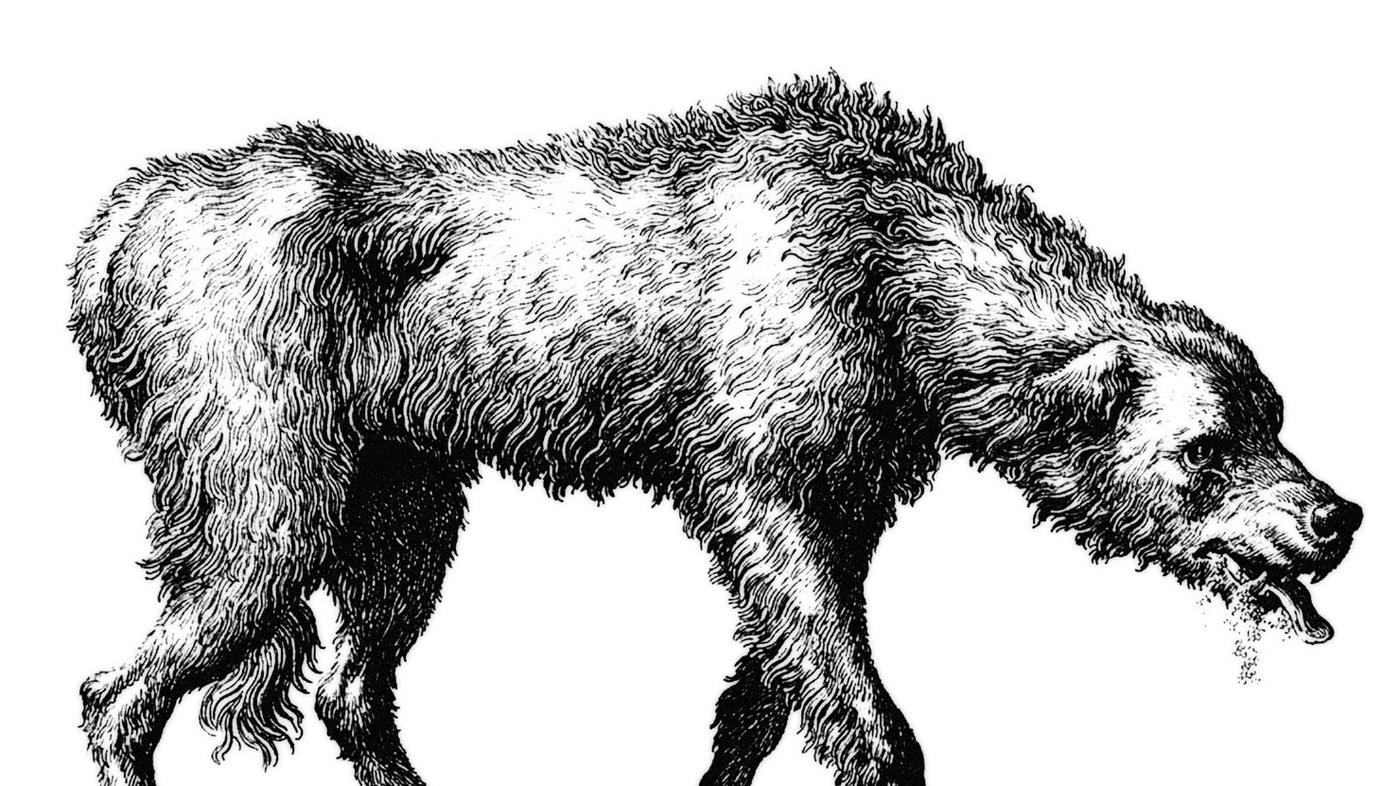
Starting with the first known accounts of rabies and moving through the creation of the vaccine and the modern iterations of the disease, the book moves quickly and offers a few truly terrifying accounts of the virus. Wasik’s connections between folklore and the disease are also fascinating, as he makes the case that the concepts of zombies, werewolves and vampires may have all risen from early cases of rabies.
4. “The Professor and the Madman: A Tale of Murder, Insanity, and the Making of the Oxford English Dictionary,” by Simon Winchester
“The Professor and the Madman” is a deeply researched and expertly crafted account of the stranger-than-fiction creation of the Oxford English Dictionary in the late 19th century. The book focuses on Dr. W.C. Minor, a sophisticated surgeon who served in the American Civil War before he was committed to a British asylum after killing a man in, what now looks like, a schizophrenic episode.
Committed to life in the asylum, Minor contributed over 10,000 definitions to the dictionary and developed a relationship with James Murray, the professor at the head of the project. The book also goes into the history of dictionaries and the unconventional development of the English language. While also questioning the history of unsung heroes and the ways society treats the mentally ill, “The Professor and the Madman” truly encompasses a chilling and grammatically correct tale.
5. “The Ghost Map: The Story of London’s Most Terrifying Epidemic — and How It Changed Science, Cities, and the Modern World,” by Steven Johnson
Steven Johnson uses a cholera outbreak in 1854 to explore the interrelated histories of medicine, the scientific method, industrialization, urban planning and epidemiology.
The book reads like a detective novel, following the investigations of a physician and an Anglican priest day by day as they map out the cholera deaths and its cause in a rapidly changing London. Their eventual findings and methods of investigation are important moments in the history of medicine, and Johnson describes working-class London in a level of visceral detail that will put all your, “Oliver,” fantasies to rest.
6. “Milk!: A 10,000 Year Food Fracas,” by Mark Kurlansky
“Milk,” is the latest in Mark Kurlansky’s series of food histories. His previous books on salt, cod and oysters only set the tone for this one, which tackles milk’s intimate connection to human civilization.
Connecting dairy to human nutrition, religion, politics and economics, Kurlansky creates a surprisingly detailed narrative of humanity’s cultural evolution through the lens of a single food product. Even I, a violently lactose-intolerant vegan who could not enjoy the 126 dairy-based recipes that are included, found value in this book, and that’s a high bar to clear.
These are engaging, well-crafted jumping off points into the unabashedly nerdy world of laser-focused history books. If you’re interested in getting a bit deeper in this realm of nonfiction, check out these accounts of the history of coffee, forensic science, bananas and, yes, rats. Happy reading.


